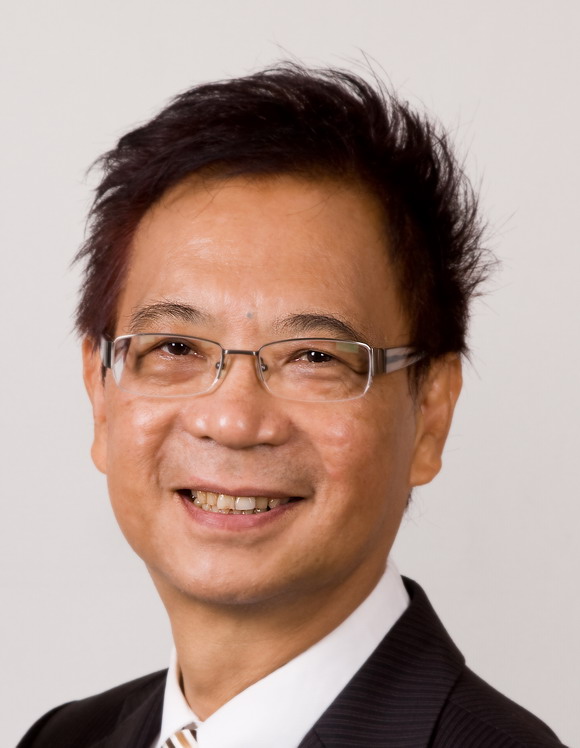 |
8th
INTERNATIONAL CONGRESS and 13th NATIONAL of
CLINICAL PSYCHOLOGY
19-22
NOVEMBER 2015, GRANADA
(SPAIN)
|
 |
Wong Chee Wing President of The Chinese Association of Cognitive Behaviour Therapy (CACBT) The Chinese University of Hong Kong HONG KONG |
|
Dr. Wong holds joint appointments
as Adjunct Associate Professor to the
Departments of Psychiatry and Psychology at The
Chinese University of Hong Kong, Honorary
Associate Professor to the Department of
Psychology of The Hong Kong University, and
Visiting Professor to the Gannan Medical
University in China. Dr. Wong received his
clinical psychology training from the Institute
of Psychiatry and the Maudsley Hospital in
London under the mentorship of Hans Eysenck and
Jack Rachman. He has worked extensively in
the UK, Australia, Hong Kong and China.
Dr. Wong has contributed many peer-reviewed
papers, book chapters, articles and
monographs. He co-edited a Chinese
psychiatry textbook “Psychological Medicine 2nd
Edition” published in 2008, and is a preferred
textbook in psychiatry for medical students and
trainee psychiatrists in China. His
clinical interests are mood disorders, OCD,
neuropsychology and forensic psychology.
Dr. Wong is Chairman of the Chinese Association
of Cognitive Behaviour Therapy (CACBT)
(www.cacbt.org). He was ex-President of
the 7th International Congress of Cognitive
Psychotherapy held in Hong Kong in June 2014
(www.iccp2014.com).
CONFERENCE ABSTRACT The Commonalities between Anxiety and Depression from a Structural Perspective Examination of a large community sample in Hong Kong using measures of anxiety and depression yielded a higher order common factor which transcends across emotional disorders. The findings were in line with Watson & Clark’s Tripartite Model and Barlow’s Three Factor Model. Implications for this finding suggest a mismatch between the structures of emotional disorders and the psychological treatments that we deploy to treat them. CBT, for example, targets at anticipatory apprehension and sympathetic hyperactivity on the one hand, and the negative cognition of despair and loss on the other. The higher order factor of negative affectivity was rarely the target of therapy. This may point to the many weaknesses of the existing diagnostic system, and the need to revamp our philosophies of classification in the future. |
|